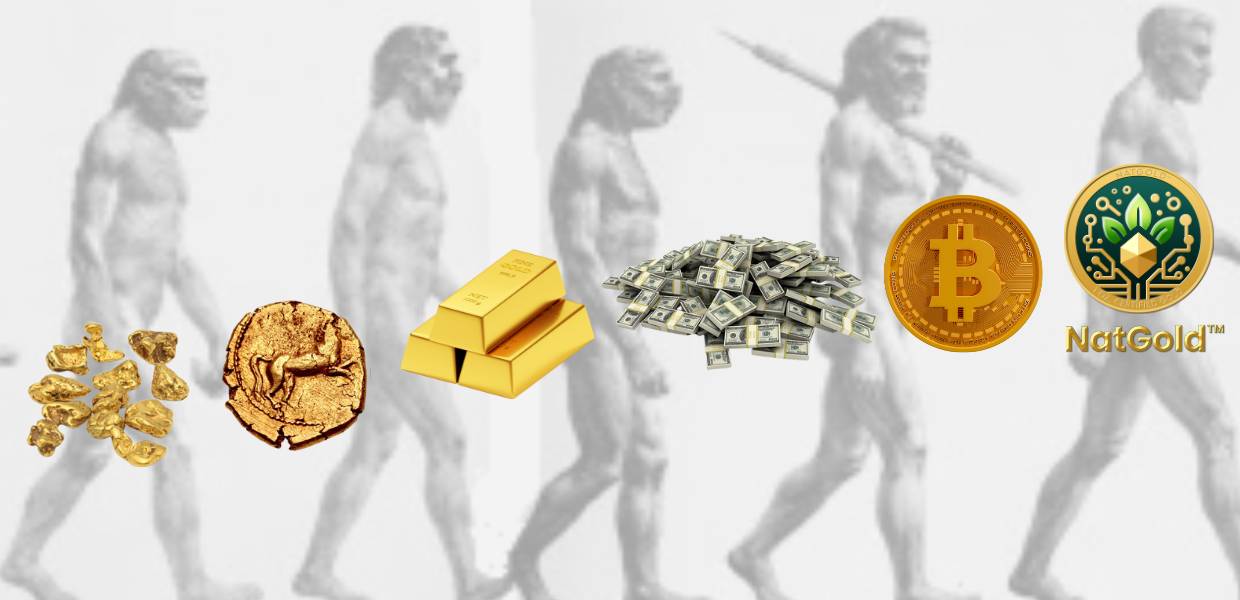For anyone with even a passing interest in the world’s financial industry, it is almost impossible not to notice the sharp rise in the price of gold over the past several months. And that’s not the part that has some confused. Even those with a basic degree of monetary education know that the US dollar and all fiat currencies tied to the world’s reserve currency are in deep trouble. The rising price isn’t the issue; or another way of looking at it is, the dollar devaluing against the yellow metal is no surprise. We just wonder why it took so long.
The real issue that has many grappling for answers is why the stock prices of major gold producers have not been keeping pace with the price surge. In fact, they’ve been downright disappointing if you’ve been thinking that owning shares in gold producers was your best way to profit from rising gold prices.
MarketWatch contributor Michael Brush recently wrote, “Something’s gotta give in the world of gold investing. The yellow metal is up more than 10% since Valentine’s Day and more than 20% since last October to trade near all-time highs. But the shares of gold mining companies haven’t kept up.”
Brush goes on to state, “Gold stocks have lagged in part because production costs have gone up 35% since early 2020, mainly due to higher labor costs. This is one reason why gold stocks are unlikely to hit their old highs unless gold moves a lot higher.”
First of all, Mr. Brush is correct. Rising costs have been steadily increasing for years, and not just since 2020. The All-In Sustaining Cost (AISC) of producing and marketing an ounce of gold is a weighted average measure of global producers’ average production costs. All publicly listed gold producers publish their AISC on a quarterly basis, along with their other financial information, making it publicly accessible. Thanks to the World Gold Council, a quarterly weighted average has been published since 2013, and for the most part, it has been rising steadily ever since.
Mining gold is an intensive and costly process, significantly influenced by several key input costs. Energy stands as one of the largest expenses, given the substantial power requirements for extraction and processing operations. Infrastructure development is another major cost driver, encompassing the construction of mine sites, processing facilities, and transportation networks, often in remote and challenging environments. Environmental compliance further escalates expenses, as companies must adhere to stringent regulations designed to mitigate mining’s impact on the environment.
Another problem facing gold producers is that they don’t have a faucet, like a kitchen sink, that one can just open to start pumping out gold. Gold production is a relatively inelastic business; it takes months, if not years, to react to rising gold prices. And, in fact, it’s not just the production inelasticity that marginalizes the impact of gold prices in a real-world, “what does it mean for you if you can’t ramp up production at these prices?” scenario. It’s also a fact that when many gold companies accept capital financing to build a mine, they are often compelled into gold hedge contracts by financiers. After analyzing the National Instrument 43-101 (NI 43-101) certified gold reserves and deciding to finance the mine, financiers often protect their investment by obligating the gold producer to forward sell its gold.
In the real world, selling something twice is not legally permitted. Therefore, with much of the current gold production hedged with forward sales contracts, today’s price of gold may have little impact. Obviously, all gold producers have different hedge books, and those with less hedging would naturally be expected to have better exposure to rising gold prices.
However, as mentioned above, given the relative inelasticity of gold production, even gold producers who, for the most part, have unhedged gold-in-ground are unlikely to turn on a faucet and bank it anytime soon.
Another big problem facing gold producers is the exploration pipeline has shrunk dramatically. Meaning investor interest in gold explorers, which are the lifeline of new discoveries for producers (rarely do explorers transition to production). McKinsey & Company reports that global exploration budgets in 2021 were half of what they were in 2012, plummeting from approximately $260 billion to $130 billion in 2020.
Without long-term replacement ounces, what is the longer-term outlook even if they did have a magic faucet that could ramp extraction rates? Wouldn’t that also deplete their in-ground gold inventory of certified gold resources? What then? Where does the fresh supply come from if the gold exploration industry is underfunded? The answer should be relatively obvious.
That brings us to another important point. What is a gold producer anyway? From our perspective, an investment in gold is meant to provide one with protection against inflation and, in the case of a gold company, leverage to rising gold prices. Well, last time we checked the majority, in fact, all that we know of, are gold excavators more than reliable gold investments.
The only time a gold producer has any gold is when it is still in the ground. That’s when the gold still belongs to the gold producers. Once they bring it above the surface they sell it for exactly what a gold investor is trying to protect themselves against, devaluing fiat currency. In other words, gold producers are excavators whose profit is equivalent to the difference between their AISC (the costs associated with digging it up and marketing/selling it) and the price of gold at the time they sell it. Or in the case of hedged gold, at the time they already price contracted to sell it.
We argue emphatically that the value, the gold in the ground should never be brought above the surface, especially for monetary purposes when the same average profit captured by the producers at great environmental, social, and financial cost can be intrinsically unlocked via a digital mining process and it’s all based on the same NI 43-101 certified gold resource reports that were used to convince the mining financiers to invest in constructing a mine in the first place.
This logic is the way forward for a world where investors are ESG-conscious and seeking to invest in gold, not excavators of it. Leave it in nature’s bosom. Tokenize it, don’t excavate it. Leave the mountains intact. No need to dredge rivers.
Furthermore, many of the institutional investors that used to invest in gold producers no longer are able to do so as ESG investment mandates have entered into the modern financial world as a force du jour. And there is no reason to believe that trend is slowing down anytime soon.
ESG-friendly NatGold™ is the future of gold. Unlike physical gold extraction, NatGold is elastic in nature. There are many more NI 43-101 certified gold resources that are able to be digitally mined that will never see the light of day in the current production or bust gold industry. And the digital mining process can be accelerated via a prudently managed tokenization process that doesn’t oversupply the market but certainly maintains a steady supply of new NatGold coins as the market demand rises.
In summary, the world is becoming smaller with respect to obtaining gold permits in a rising society of ESG consciousness. And it will continue to shrink. Yet all the gold that existed millions of years ago still exists. It doesn’t know what a permit is. It just exists. And it’s the certified existence of gold that should matter in a world seeking a real-world asset to back a digital currency. It’s still gold; it’s just wearing a green dress.
At this International NatGold Council, we are not surprised at all that the prices of the gold producers’ stocks haven’t kept pace with the expectations of some in this rising price environment. We believe that gold’s real hope for a resurgence as a viable monetary asset lies in the form of NatGold, and that NatGold miners will assume the role that physical gold producers once held.
Enjoyed this article? Subscribe to NatGold News & Insights for the latest staff updates, expert analysis, exclusive interviews, and updates whenever NatGold is making headlines — all delivered straight to your inbox!
Share This Story!
More Staff Insights
Gold's story as a cornerstone of economic wealth a...
The journey toward digitizing gold through NatGold...





